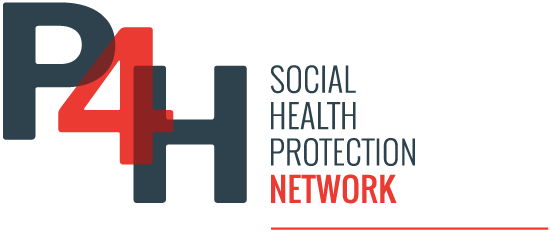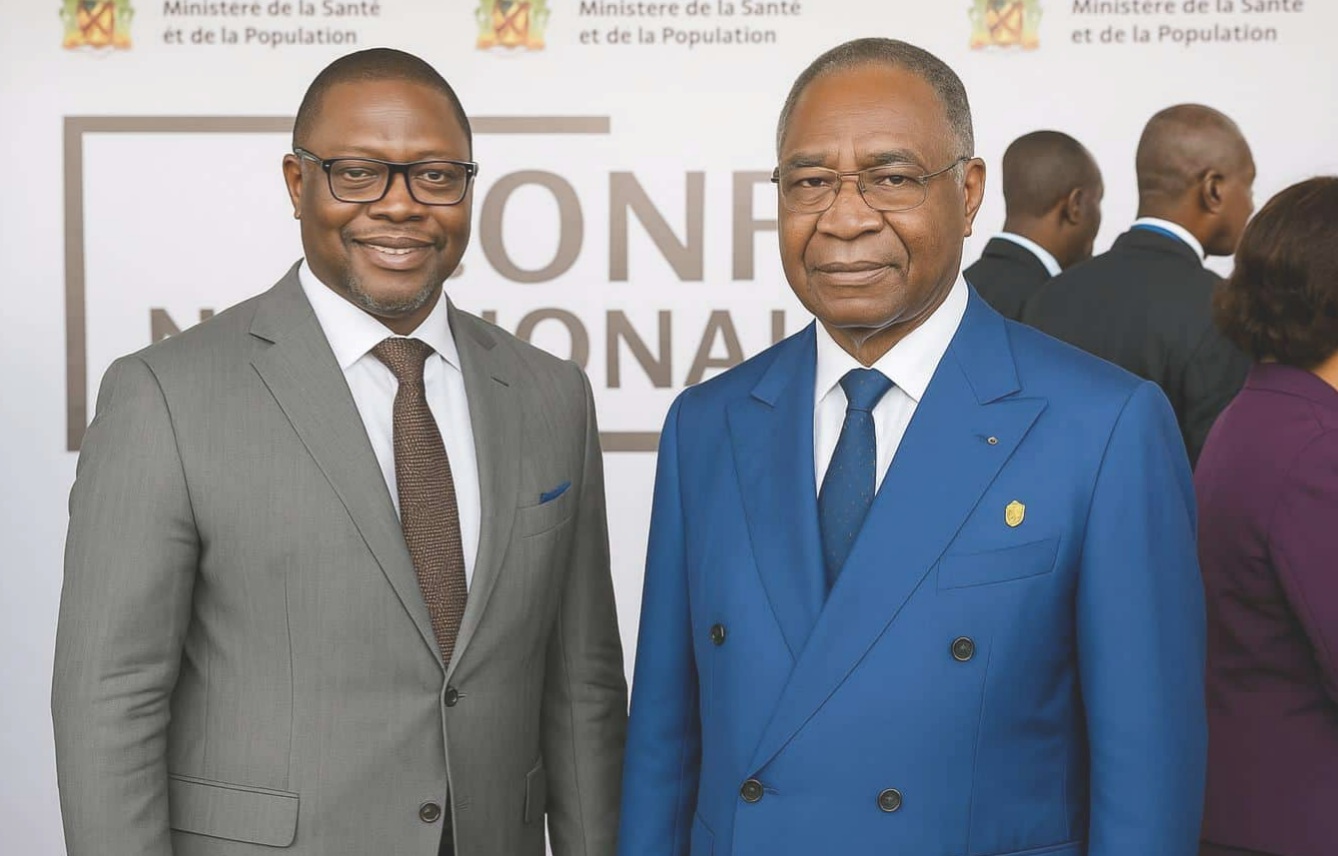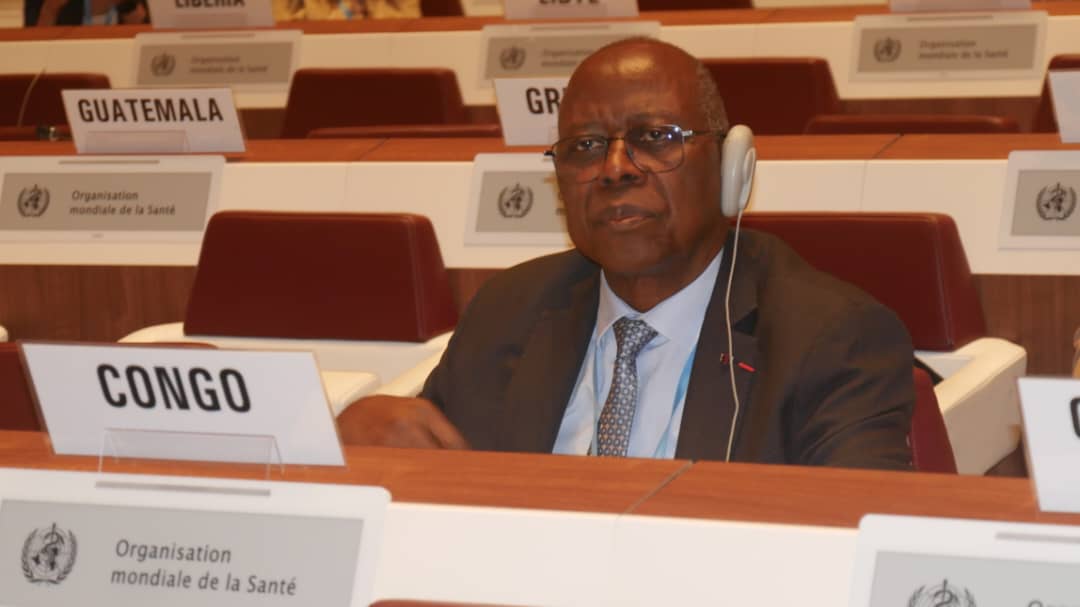The following excerpt from the World Bank Group gives an overview of Congo.
The Republic of Congo (Congo-Brazzaville), located in Central Africa, covers 342,000 km2. Its population of 5.7 million people is largely young, with 47% being under age 18. More than half of the population lives in its two main cities — Brazzaville and Pointe-Noire. The country is one of the least densely populated in Africa, with 14.8 inhabitants per square kilometer. … With a human capital index (HCI) of 0.42, the Republic of Congo is behind the average of 0.48 for its peers Low Middle-Income Countries (LMICs). The country has made modest improvements in health and education on the Human Development Index (HDI). Infant mortality remains high at a rate of 32 deaths per 1,000 live births.
The Global Health Expenditure Database provides the following information on health financing.
Several fluctuations describe the period between 2012 and 2021.
- External health expenditure decreased from 26% of current health expenditure (CHE) in 2012 to 5% in 2018, followed by an increase to 7% of CHE in 2021.The domestic general government health expenditure fluctuated between 35% of CHE in 2018 and 49% of CHE in 2021. Domestic private health expenditure (PVT-D) fluctuated between 31% of CHE in 2012 and 59% of CHE in 2018 and was 44% of CHE in 2021.
- Out-of-pocket (OOP) spending as a percentage of CHE decreased by 11 percentage points from 2000 to 2010 (from 53% to 42%) and by 17 points from 2011 to 2021 (from 41% to 24%).
- The 20-percentage-point difference between PVT-D and OOP spending in 2021 (44%-24% of CHE) is due to revenues from nonprofit institutions serving households that appear in 2020 (15%) and 2021 (14%), which correspond to nongovernmental organizations. (Voluntary prepayment was 3% of CHE in 2021, and revenues from corporations were 3% in 2021.)
With government spending on health of US$ 39 per capita, Congo ranks 23 on this indicator among African Union members. Moreover, its UHC service coverage index is 41, which is the same as for Burundi, Mali and Sierra Leone. The Gini index, last captured in 2011, was 48.9.
Information from Congo’s Ministry of Labour, Employment and Social Security notes, in translation: “The universal health insurance scheme (RAMU) [was established by] the law no. 37-2014 of June 27, 2014. … [It] aims to revolutionize the mentalities, attitudes and behaviors of populations in their relationship to the health supply. The pooling of resources, which remains based on solidarity and equity, will contribute to strengthening the solvency of the demand for health”. RAMU is yet to be operationalized.



